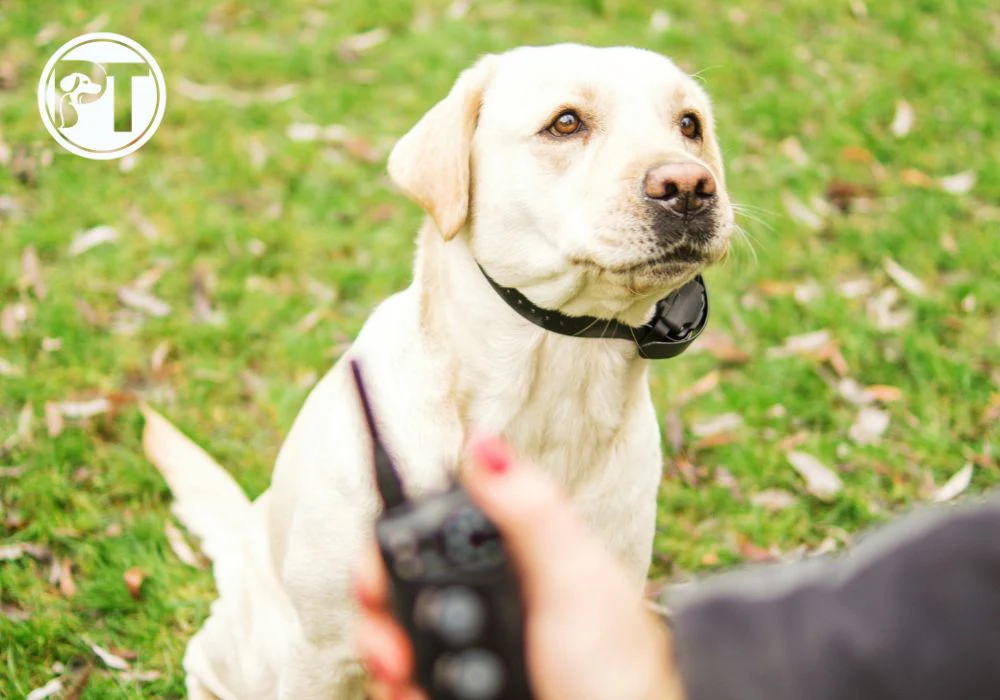How to Test a Shock Collar: A Step-by-Step Guide
Introduction
Shock collars, also known as e-collars or training collars, are devices commonly used in dog training to correct unwanted behaviors. However, before using a shock collar on your furry companion, it is crucial to understand how to test it properly. Testing a shock collar helps ensure that it is safe and effective for your pet. In this article, we will provide a step-by-step guide on how to test a shock collar, ensuring the well-being and comfort of your beloved pet.
Understanding Shock Collars
Shock collars are designed to deliver an electric stimulation to your dog when triggered by a remote control or an automatic mechanism. The intensity of the shock can vary, depending on the model and settings. While shock collars can be an effective training tool when used responsibly, it is essential to test them correctly to determine the appropriate level for your dog’s specific needs.
Preparing for Testing
Before testing the shock collar on your dog, it is crucial to take certain preparatory steps to ensure a safe and controlled environment:
- Read the Manual: Familiarize yourself with the shock collar’s instructions and functions. Different models may have specific guidelines, and it is essential to understand them before proceeding.
- Charge the Collar: Ensure that the shock collar is fully charged or has fresh batteries. This step guarantees optimal functionality during the testing process.
- Choose a Suitable Testing Area: Select a quiet and distraction-free location for the testing. This will help your dog focus and reduce external influences that may interfere with the results.
Testing the Shock Levels
Once you have prepared the necessary steps, you can begin testing the shock levels on your dog. It is crucial to approach this process with care and attentiveness:
1. Starting with the Lowest Level
Begin the testing process by setting the shock collar to its lowest level. This allows you to assess your dog’s response and determine if any reaction is noticeable. Make sure the collar is properly fitted around your dog’s neck, with the electrodes making good contact with the skin.
2. Assessing Your Pet’s Reaction
Observe your dog closely for any signs of discomfort, stress, or pain. Look for subtle changes in behavior, such as body language, ear position, or vocalizations. It is crucial to prioritize your dog’s well-being throughout the testing process. If you notice any signs of distress, immediately stop and consult with a professional dog trainer or veterinarian.
3. Gradually Increasing the Shock Level
If your dog appears to be comfortable with the lowest shock level, you can gradually increase it by one level. Repeat the observation process after each increment, paying close attention to your dog’s reactions. This step-by-step approach allows you to find the optimal shock level without causing unnecessary discomfort or distress.
Ensuring Safety and Comfort
When testing a shock collar, the well-being and comfort of your dog should be your utmost priority. To ensure safety and minimize potential harm, consider the following guidelines:
- Use Positive Reinforcement: Pair the use of the shock collar with positive reinforcement techniques, such as praise, treats, or playtime. This helps create a positive association with the collar and enhances the effectiveness of training.
- Avoid Prolonged Use: Limit the duration of shock collar usage during training sessions to prevent overstimulation. It’s important to provide breaks and allow your dog to relax and decompress between sessions.
- Proper Fit: Ensure that the shock collar fits correctly on your dog’s neck. It should be snug but not too tight, allowing for comfortable movement. Regularly check for any signs of irritation or discomfort and adjust the fit accordingly.
- Consult a Professional: If you are unsure about using a shock collar or encounter any difficulties during testing, seek guidance from a professional dog trainer or animal behaviorist. They can provide expert advice tailored to your dog’s specific needs.
Final Thoughts
Testing a shock collar is a crucial step in ensuring its safe and effective use during dog training. By following the step-by-step guide outlined in this article, you can determine the appropriate shock level for your dog and achieve positive results in behavior modification. Remember, responsible use of shock collars involves combining them with positive reinforcement techniques and prioritizing your dog’s well-being throughout the training process.

Hello! Let me enthusiastically introduce myself as a dedicated blogger fueled by an intense passion for meticulously crafting insightful and well-researched blogs. My mission revolves around providing you, dear readers, with a veritable treasure trove of invaluable information.







